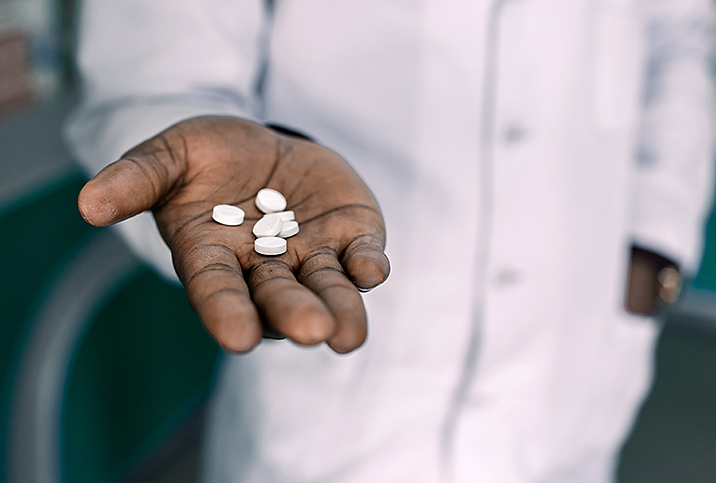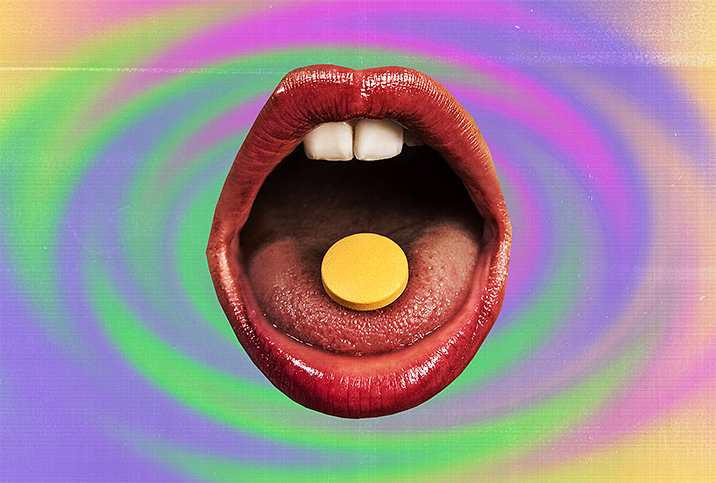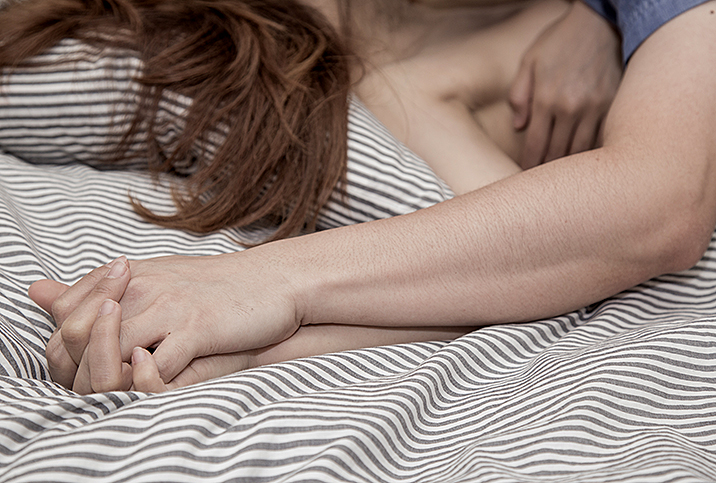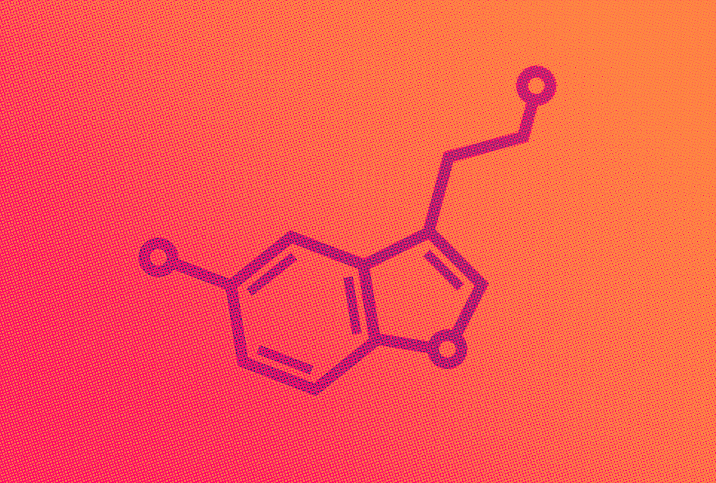Treatment of Depression and Anxiety

Mental health struggles can interfere with day-to-day responsibilities, work life and more. Anyone who has dealt with anxiety and depression can tell you that these disorders can make even mundane tasks—like getting out of bed or taking a shower—feel impossible.
If you've felt this, know that you aren't alone. Nearly 40 million people in the U.S.—or about 18 percent of the nation's population—are affected by anxiety disorders, according to the Anxiety and Depression Association of America. Individuals with anxiety disorders often deal with depression as well. In fact, the association reports that nearly half of people diagnosed with depression will also end up being diagnosed with an anxiety disorder.
Understanding these widespread mental health disorders can help you to better recognize symptoms in yourself or your loved ones. In this article, we'll also take a look at treatment options available for anxiety and depression.
Symptoms of anxiety and depression
While experts are still studying the connection between anxiety disorders and depression, one thing is clear—the conditions share a lot of similarities.
Both anxiety and depression are known to cause symptoms of anxiousness; tiredness or weakness; restlessness; trouble sleeping, thinking or concentrating; and more.
Though they have similarities, anxiety and depression are, in fact, different.
Generalized anxiety is characterized by persistent and frequent feelings of stress, nervousness and fear, often triggered by even minor things throughout the day. Though nearly everyone feels some stress at some point in their lives, people with an anxiety disorder can be more sensitive to stress. For them, the stress that may lead to anxiety is more intense and can occur more consistently, which may interfere with their daily activities.
Common symptoms of anxiety disorders include:
- Nervousness or restlessness
- Feelings of panic or fear
- Having a persistent sense of impending danger
- Increased heart rate
- Rapid breathing
- Sweating
- Feeling weak or tired
- Overwhelming worry
- Trouble concentrating or sleeping
- Gastrointestinal problems
Depression, on the other hand, is a mood disorder that causes a persistent feeling of sadness and loss of interest. This disorder leads individuals to lose interest in things they once enjoyed, such as spending time with family and friends, having sex, exercising or doing hobbies. In severe cases, individuals can even lose interest in living altogether.
Some of the most common symptoms of depression include:
- Persistent feelings of sadness, emptiness or hopelessness
- Loss of interest in things you usually find enjoyable
- Trouble sleeping or sleeping too much
- Emotional outbursts of anger or irritability
- Anxiety
- A feeling of persistent tiredness and lack of energy
- Restlessness
- Difficulty concentrating, remembering things or thinking
- Feelings of worthlessness or self-loathing or guilt
- Unexplained physical aches and pain
- Thoughts about death, suicidal ideation or attempts at suicide
If you are experiencing any of these symptoms, please don't hesitate to reach out to a mental health professional or your general practitioner for help. If you are having suicidal thoughts or behavior, seek emergency help immediately.
Getting a diagnosis
The first step to getting diagnosed with anxiety or depression is to talk to your doctor about any symptoms you are facing.
If you're having anxiety symptoms, your doctor will likely begin by making sure that the symptoms are not caused by any underlying medical conditions that may need to be treated. If the physical exam finds that the anxiety isn't caused by any underlying physical conditions, you may need to see a mental health professional for psychological evaluation.
Psychological evaluations typically involve an in-depth consultation about your feelings, thoughts and behaviors, plus a look at family history, so that your doctor can determine if you have an anxiety disorder or any other mental health conditions.
Sometimes, an anxiety disorder can be diagnosed simply by comparing your symptoms to the criterion in the "Diagnostic and Statistical Manual of Mental Health Disorders," also known as the DSM-5. The DSM-5 is published by the American Psychiatric Association and is designed to serve as a guide for diagnostic purposes. If a comparison shows that you have most, if not all, of the symptoms related to an anxiety disorder listed in the DSM-5, your doctor will likely give you a diagnosis and move on to discussing treatment options with you.
Depression can be diagnosed in a number of ways, including by comparing your symptoms to the symptoms of depression listed in the DSM-5. In addition, your doctor may perform a physical exam to determine whether your depression is linked to any underlying health conditions.
This may include a series of labs to test your blood counts and to make sure there are no issues with your thyroid. Major depressive disorder, persistent depressive disorder or both sometimes involve ruling out other diagnoses, such as post-traumatic stress disorder (PTSD) or bipolar disorder.
And finally, getting a depression diagnosis also involves a psychiatric evaluation in which a mental health professional will ask about the symptoms you have, as well as your thoughts, feelings and behaviors, family history and other risk factors. If your doctor diagnoses you with depression, you can start to talk about potential treatment options.
Pharmaceutical treatment options
Medication and therapy are the two main treatments used to address anxiety and depression.
According to the Mayo Clinic, here are some of the most common medicines prescribed for depression, some of which are used to treat anxiety as well:
- Selective serotonin reuptake inhibitors (SSRIs): This class of medication is often what doctors prescribe first as they are generally considered safer and are known to cause fewer side effects than some other types of antidepressants. SSRIs include citalopram (Celexa), escitalopram (Lexapro), fluoxetine (Prozac), paroxetine (Paxil, Pexeva), sertraline (Zoloft) and vilazodone (Viibryd).
- Serotonin-norepinephrine reuptake inhibitors (SNRIs): Examples of SNRIs include duloxetine (Cymbalta), venlafaxine (Effexor XR), desvenlafaxine (Pristiq, Khedezla) and levomilnacipran (Fetzima).
- Atypical antidepressants: These include bupropion (Wellbutrin XL, Wellbutrin SR, Aplenzin, Forfivo XL), mirtazapine (Remeron), nefazodone, trazodone and vortioxetine (Trintellix).
- Tricyclic antidepressants: While very effective, these drugs are more likely to have severe side effects than some other antidepressants. As a result, tricyclic antidepressants are often used only if other medications don't help. Examples of tricyclic drugs include imipramine (Tofranil), nortriptyline (Pamelor), amitriptyline, doxepin, trimipramine (Surmontil), desipramine (Norpramin) and protriptyline (Vivactil).
- Monoamine oxidase inhibitors (MAOIs): MAOIs can cause severe side effects and are usually prescribed only when other medicines have not led to any improvement in symptoms. Patients must follow a strict diet while on MAOIs as they can have dangerous or fatal interactions with certain foods. Examples of MAOIs include tranylcypromine (Parnate), phenelzine (Nardil), isocarboxazid (Marplan) and Selegiline (Emsam).
Antihistamines and beta blockers, or SSRIs or Buspar/buspirone, are sometimes used to treat milder cases of anxiety, while benzodiazepines such as Xanax or Klonopin may be used to treat acute panic attacks, but benzodiazepines have a much greater risk of addiction.
Once you start taking medication to treat anxiety or depression, it's important to keep your doctor informed about any side effects you experience so that the dose of the medication can be adjusted, if necessary. If after a couple of months you don't notice any improvement in your symptoms, talk to your doctor to find out if you should try something new.
Getting therapy for anxiety and depression
Talk therapy, which is also known as psychological counseling or psychotherapy, can also be an effective treatment option for anxiety and depression. Depending on the case, therapy may be used as the sole treatment or it may be used in conjunction with medication.
According to the Mayo Clinic, cognitive behavioral therapy (CBT) is the most effective form of psychotherapy for anxiety disorders. This method is designed to help identify symptoms and triggers and to develop strategies to manage symptoms in the future.
For some people, therapy is only needed in the short-term, though continuing it for longer may be beneficial for others.
Lifestyle options
Individuals who deal with chronic anxiety and depression may turn to certain lifestyle choices to help them nurture their mental health without pharmaceuticals or therapy.
Some of these lifestyle options include yoga, meditation and using CBD oil. Maintaining a regular exercise schedule and a balanced diet may also help keep symptoms under control, along with stress-management techniques (like no electronics before bedtime) and a healthy sleep schedule.
Whatever treatment path you choose, it's important to remember that you don't have to face the struggles of anxiety and depression alone. Don't be afraid to reach out for help and to lean on your support system—it could help save your life.


















